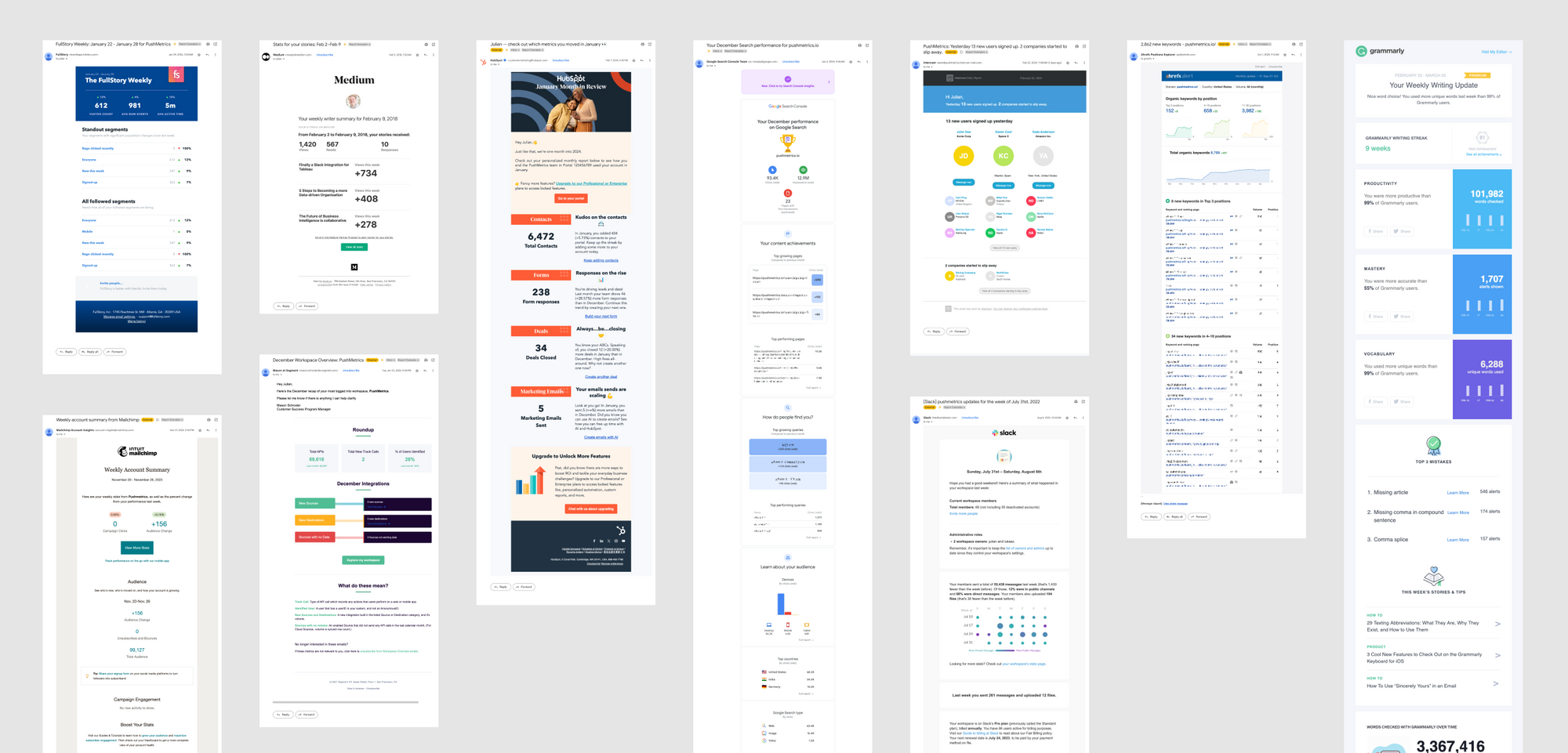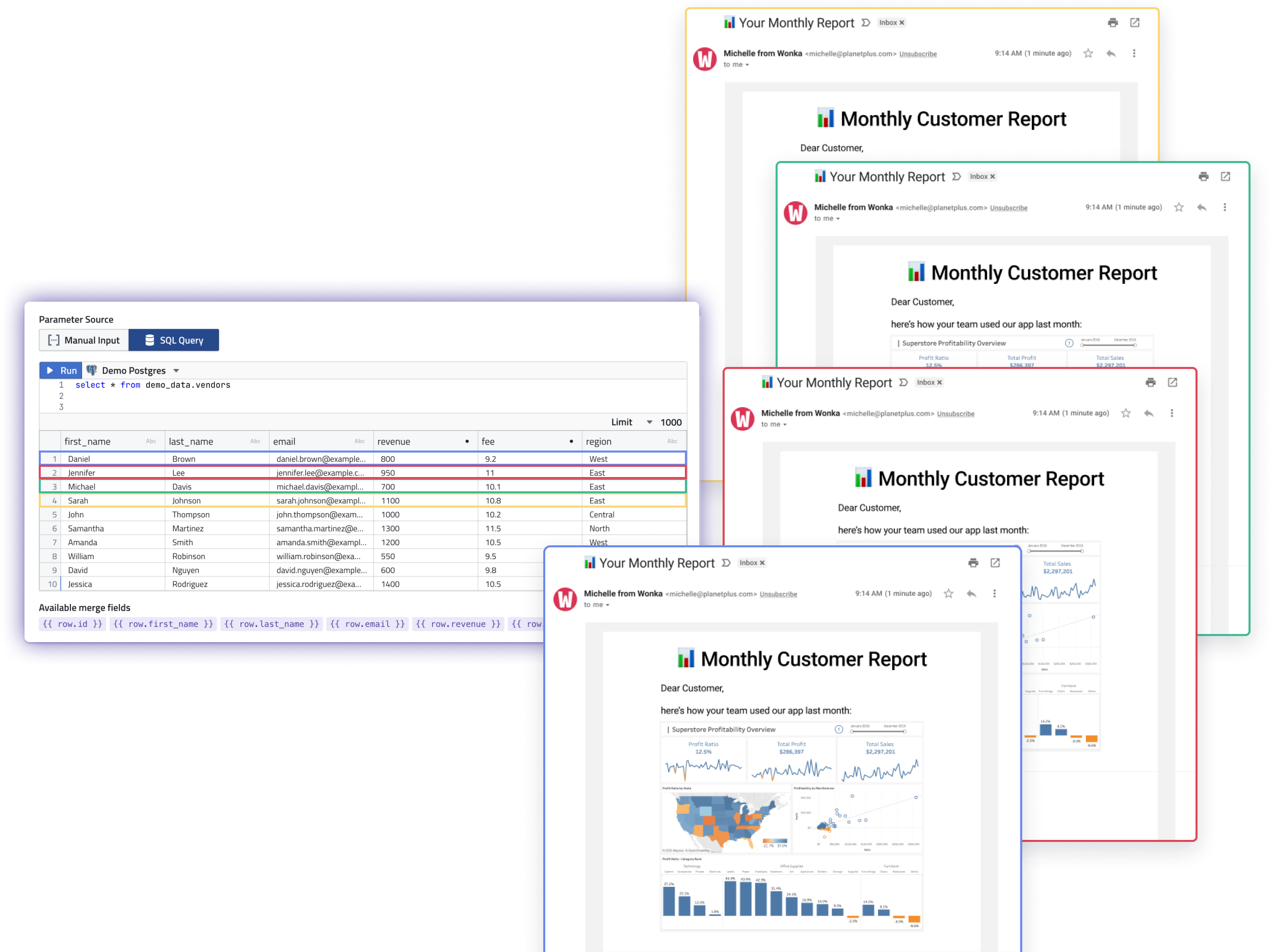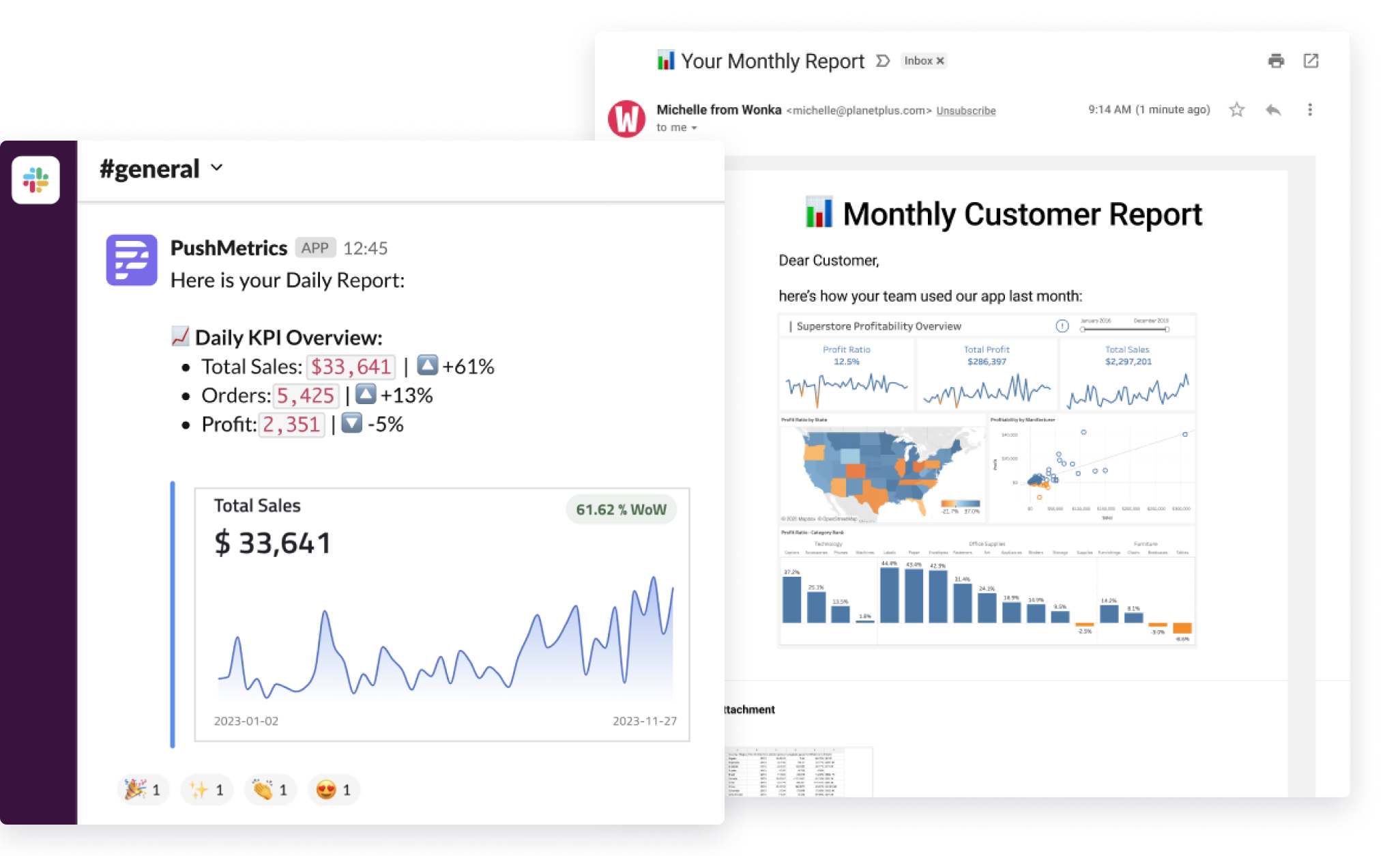The Continuous Learning Imperative for the Aspiring Data Analyst
How to Stay Ahead in a Rapidly Evolving Analytical Landscape

We’ve said it before and we’ll say it again: the biggest room in the world is the room for improvement.
This couldn’t be more true than in the world of data and intelligence.
For a career starter in this field, the stakes are high.
Static is the new backward.
The solution? A relentless commitment to perpetual learning, from mastering new tools to staying ahead of industry trends.
In an ever-evolving business landscape characterized by technological advancements, globalization, and market volatility, the ability to adapt and learn is no longer just an asset; it’s a necessity.
Organizations and individuals that fail to continuously learn and innovate often find themselves outpaced by competitors and, in some cases, risk extinction.
Importance of Continuous Learning
Continuous learning is not just about taking occasional training sessions or workshops.
It is an ongoing process of acquiring new skills, updating existing ones, and encouraging a culture of curiosity and knowledge-sharing.
This dynamic approach helps to stay relevant, competitive, and resilient to market changes.
Take Kodak, a company once synonymous with photography, as an example.
At its peak, Kodak held a dominant market share in the photography industry.
However, Kodak failed to adapt to the digital age. Despite having early opportunities to invest in digital technology, the company clung to its film-based business model.
This reluctance to learn and evolve led to its decline, eventually filing for bankruptcy in 2012.
Competitors like Canon and Sony, which embraced digital technology, have since taken over the market Kodak once dominated.
Kodak's story serves as a potent example of the price organizations can pay when they stop learning. Its downfall was not due to a lack of resources or opportunities but a lack of willingness to adapt and evolve.
This illustrates that the risk of becoming obsolete is real and present for any business that does not prioritize continuous learning.
Continuous learning is not just a good-to-have attribute but a must-have in today's fast-paced world. It is essential for both individual and organizational success. Companies as well as individuals that do not invest in learning and adaptability risk falling behind and potentially facing the same fate as Kodak.
Don’t be Kodak. Stay humble and keep learning.
Structuring Your Journey in Learning
Now that we've emphasized the importance of continuous learning and the perils of stagnation, let's delve into the practical aspect of structuring your learning journey.
After all, as should be obvious to you now, staying updated isn't a luxury; it's a survival tactic.
How can you ensure that you're on the right path to knowledge and growth? What steps can we take to structure your learning effectively and ensure you're heading in the right direction?
“If you don't know where you want to go, then it doesn't matter which path you take.” ― Lewis Carroll, Alice in Wonderland
Structuring your learning journey can mean the difference between random exploration and targeted growth.
A well-defined learning path helps you:
- Navigate complexity: Data analytics involves a wide range of skills, including statistical analysis, data visualization, and programming. Structured learning helps you systematically acquire these skills.
- Maximize efficiency: A structured approach minimizes the time spent on irrelevant resources and focuses your attention where it's needed the most.
- Measure progress: Structured learning allows you to set milestones and track your progress, which can be motivating and reveal areas that need attention.
Check in with your mentor or browse relevant communities to identify relevant learning areas in your field.
What are the key ingredients to having a fulfilling learning journey?
Goals, and consistency.
Let’s say you want to become proficient in R within six months. This goal not only focuses your learning but also provides a timeline, thereby adding urgency and direction. (In case you need a refresher on what constitutes a good goal definition, check out this article about SMART goals.)
But knowing where to go isn’t sufficient to actually get there. You have to roll up your sleeves and put in the hours.
This is where consistency comes into play. Set aside a specific time slot you want to dedicate to your learning.
It doesn’t matter what this looks like as long as you a) feel comfortable with the plan, and b) can really follow through.
It is important to keep in mind though that frequency is important here. It’s better to study 5 hours spread out over a week than all in one sitting.
In fact, science backs this up (source).
The spacing effect is a well-documented psychological phenomenon that highlights the benefits of distributed practice over massed practice.
Here's why it works:
- Retention: Spaced repetition allows for better long-term retention. Each time you review the material after a little forgetting has occurred, you strengthen your memory.
- Encoding Variety: By revisiting the material across different times and contexts, you encode the information in a variety of ways, which can help in retrieving the information later.
- Cognitive Processing: Spaced practice requires learners to engage in more effortful cognitive processing, helping to reinforce the learning.
- Sleep: Spreading learning out allows for sleep in between study sessions, which is known to help with memory consolidation.
So set an ambitious learning goal and make a plan to consistently work towards achieving it.
Next, let’s look at the most important sources for your continuous learning journey.
Your Learning Tool Arsenal
Having a goal? Check.
Having a rough idea about when to invest time to learn? Check.
But it is not enough. You need to fill your grand vision with the essential educational building blocks.
Here’s our list of the essential five tools to consider:
- Digital learning platforms: Scalability, flexibility, and practicality define digital learning platforms like Coursera, Udemy, and Khan Academy. They provide a structured learning path from basic to advanced data analysis topics, with real-world examples and assessments.
- The timeless wisdom of books: Somehow we feel old when we feel we need to emphasize that books should not be neglected. Anyhow, do consider books on data topics as a viable addition to your learning plan. Despite being surrounded by digital technologies, there are books on data topics that you should not miss. Our recent favorite? Calling Bullshit: The Art of Scepticism in a Data-Driven World
- Networking through industry events: Industry events and community participation foster holistic development and networking. From conferences to local workshops and online communities, these venues provide a rich blend of learning, exposure to cutting-edge methodologies, and networking opportunities. Yes, indeed, learning can happen away from the desk.
- Real-world application: Transitioning from theory to practice is crucial. Engaging in side projects, internships, or any real-world data analysis tasks refines your skills, builds a compelling portfolio, and expands your professional network.
- The growth-driven feedback loop: Continuous improvement is key, especially in data analytics (hey, optimizing for query performance won’t go out of style anytime soon). The feedback loop involving action, feedback, analysis, and adjustment enhances quality, hones skills, and accelerates career advancement through constructive feedback from peers (and mentors).
Each resource avenue brings unique advantages to a budding data analyst.
Leverage some or all of these resources to significantly bolster both your learning and career progression.
Conclusion: The Unending Odyssey of a Data Analyst
In wrapping up, it's evident that the journey of a data analyst is laden with continuous learning and practical engagement.
Here are the takeaways to fuel your ambition and steer your analytical voyage:
- Embrace continuous learning. Engage with digital platforms, read insightful books, and keep the flames of curiosity ablaze.
- Venture beyond the solitary; engage in industry events, community discussions, and collaborative projects. The insights from diverse perspectives are invaluable.
- Get your hands dirty in the real world. Transcend the theoretical; immerse in real-world projects, internships, or side hustles to test and apply your knowledge.
May your mind stay sharp, your network robust, and your passion for learning insatiable.
Stay humble, and stay hungry.
Julian Schulte
Related Articles

10 SaaS Usage Report Emails: How Companies Like Hubspot, Slack & Intercom Use Data To Maximize User Engagement
Product usage report emails are more than just automated messages; they're a window into how users interact with software, providing invaluable insights on engagement levels, feature adoption, and areas for improvement.

Julian Schulte

10 SaaS Usage Report Emails: How Companies Like Hubspot, Slack & Intercom Use Data To Maximize User Engagement
Product usage report emails are more than just automated messages; they're a window into how users interact with software, providing invaluable insights on engagement levels, feature adoption, and areas for improvement.
Julian Schulte
Subscribe to our newsletter
Get the latest updates from the PushMetrics team.
Thank you for subscribing.
Start sending data-driven messages today
Sign up and start using PushMetrics for free.
Or schedule a demo and discuss your use case.

